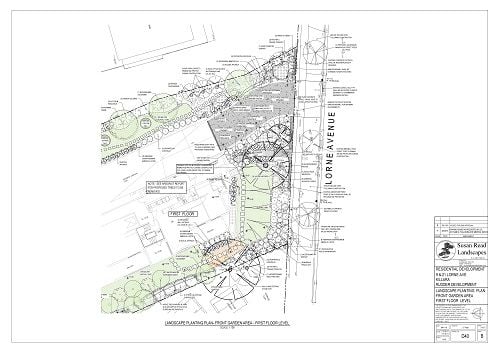Creating a Professional Landscape Planting Plan: Essential Elements for Successful Garden Designs
A landscape planting plan should be developed in conjunction with the design of the building so that the landscape design compliments that of the building.
A well-crafted landscape planting plan serves as the blueprint for transforming outdoor spaces into functional, beautiful environments that enhance property value and environmental sustainability.
Professional landscape architects understand that effective landscape design requires seamless integration between architectural elements and natural features to create cohesive, liveable spaces.
Why Integrated Landscape Planning Matters
The most successful landscape architecture projects emerge when planting plans are developed alongside building design rather than as an afterthought.
This collaborative approach ensures your landscape design complements architectural features while maximizing both aesthetic appeal and practical functionality.
Whether you're planning a residential garden, commercial development, or public space, integrated design creates harmonious outdoor environments that stand the test of time.
Essential Components of Professional Landscape Plans
Every comprehensive landscape planting plan should include these critical technical elements to ensure accurate implementation and regulatory compliance:
- Technical Specifications and Site Analysis
- Vegetation Management and Tree Preservation
- Infrastructure and Hardscape Elements
- Landscape Planning and Design
Landscape Planting Plan

Through the Landscape Design Process, Susan Read Landscapes will ensure the end result not only matches your needs, yet will be sustainable well into the future.



